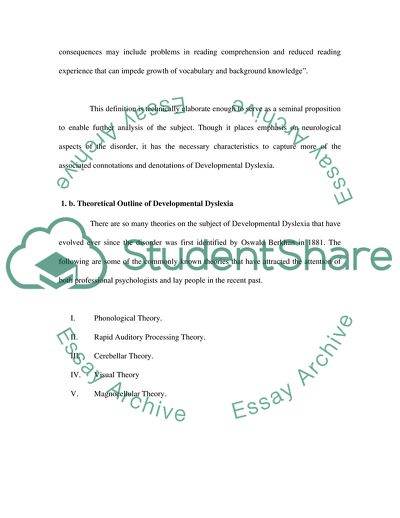Definitions of Developmental Dyslexia Case Study Example | Topics and Well Written Essays - 1500 words. https://studentshare.org/psychology/1714396-is-there-a-theory-that-adequately-accounts-for-developmental-dyslexia-evaluate-at-least-two-theoretical-attempts-to-do-so
Definitions of Developmental Dyslexia Case Study Example | Topics and Well Written Essays - 1500 Words. https://studentshare.org/psychology/1714396-is-there-a-theory-that-adequately-accounts-for-developmental-dyslexia-evaluate-at-least-two-theoretical-attempts-to-do-so.


